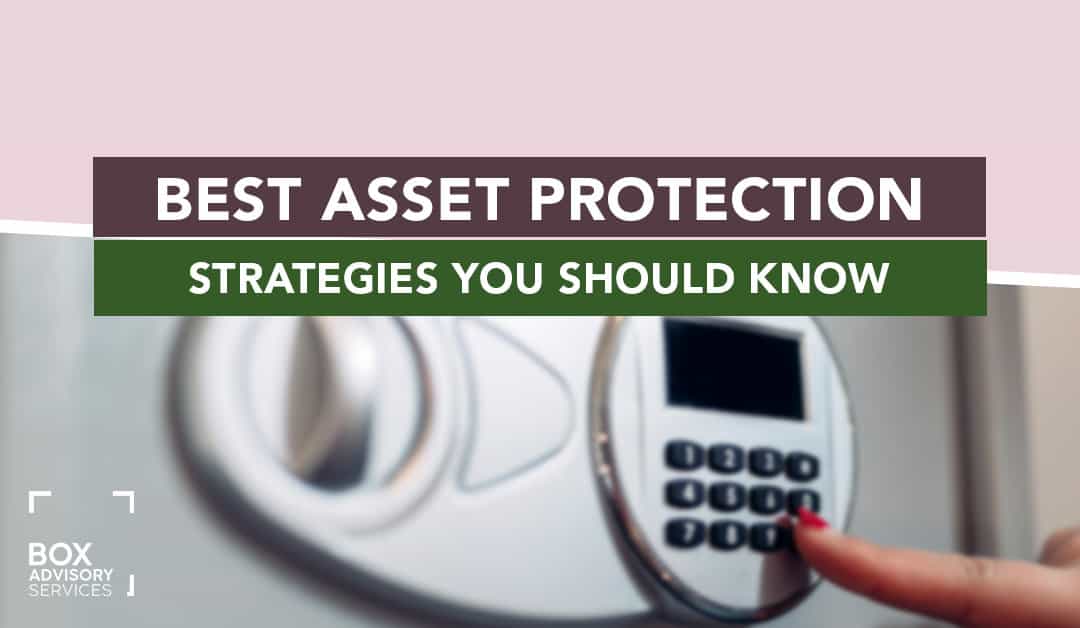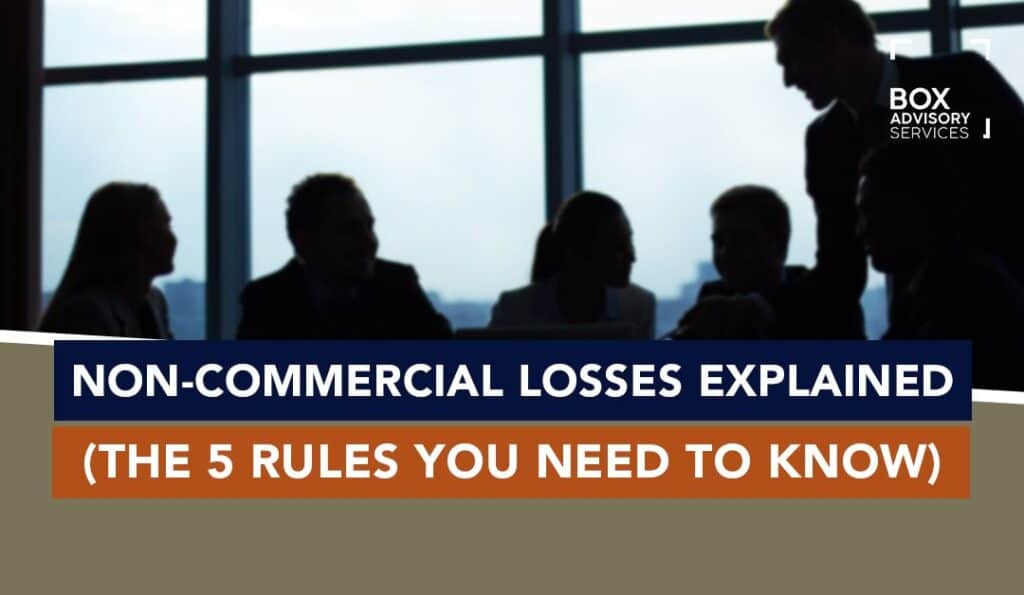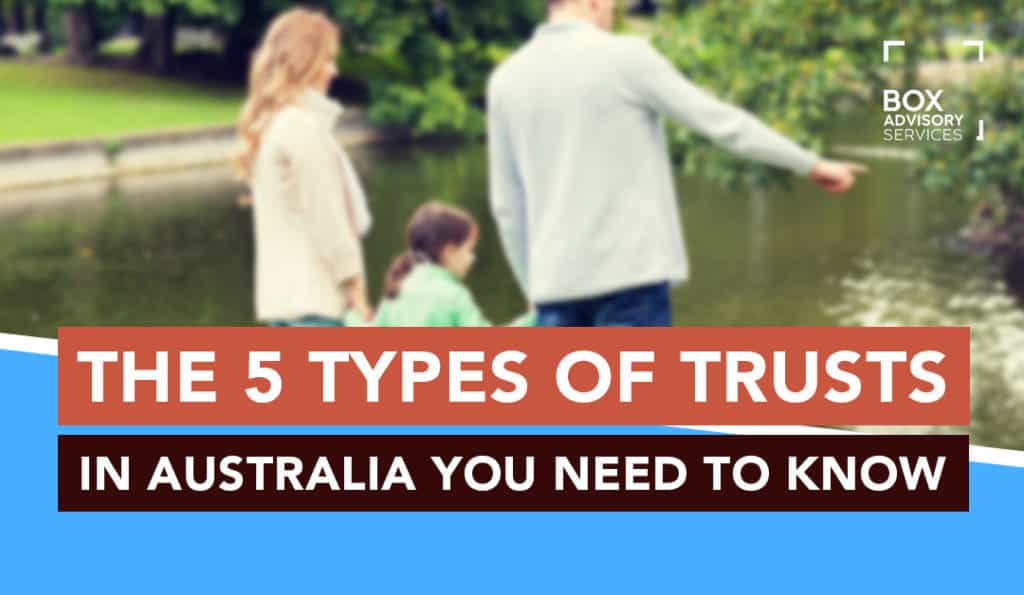
BY
|
The 4 Best Asset Protection Strategies You Should Know
Asset protection strategies are arguably as significant as purchasing the assets in the first place.
Many Australian’s dream of owning multiple assets such as investment properties and companies, but unfortunately, there is a lack of education around the importance of protecting those assets once you own them.
So, we’ve created this list of the best asset protection strategies to help guide you on safeguarding your property.
Why Is Asset Protection Important?
Running a business comes with many potential risks – an unexpected event can happen at any time. For example, your business might end up struggling to pay creditors due to circumstances out of your control or your business is a party to a lawsuit.
The same applies to your personal life. Perhaps you’ve been involved in an accident and are now being sued for damages. Or, maybe you’re settling a divorce with your ex-spouse.
Either way, you’ll want to consider employing asset protection strategies to shield your personal wealth from any potential risks.
The 4 Best Asset Protection Strategies
Here are some of the best asset protection strategies you should consider implementing.
1. Establishing a Discretionary Trust For Asset Protection
A discretionary trust is the most common type of trust in Australia. In the case of a discretionary trust, the trustee is given complete discretion as to how the trust income is distributed to the beneficiaries.
Discretionary trusts are generally associated with asset protection and tax planning. For example,
a family trust (which is the most common type of discretionary trust), is usually set up to manage a family business or hold a family’s personal or business assets.
The reason these discretionary trusts are used as asset protection strategies is because the beneficiaries have no right to any of the property within the trust.
Having no interest in the trust property means that if any of the beneficiaries become liable to settle debt, a creditor won’t be able to obtain an order against the trust property.
Example:
Meagan started her own business in 2019. She had run it for just over a year, but unfortunately, the effects of the COVID-19 lockdown meant that she couldn’t run her business and it was wound up.
Because she was renting retail space to operate her business from, her landlord ended up obtaining a court order against her for $150,000.
Meagan had used discretionary trust, to which she was a beneficiary, to purchase an investment property. As a result, her landlord would not have any claim against the investment property because Meagan is not the owner, the discretionary trust is.
Note, however, that a discretionary trust can be used to purchase interests in businesses, shares in companies and investment properties. So, the trust can have its own creditors and those creditors have a right to property held in the trust.
One major downfall of using a trust as an asset protection strategy is that you will have to transfer ownership of your assets to the trustee, who will become the new legal owner. This could result in significant stamp duty costs and capital gains tax issues. It is best to seek professional advice before carrying out this plan.
2. Restructuring Your Business as an Asset Protection Strategy
There are various factors you’ll need to consider before deciding on the right business structure. Check out our 7-step guide to choosing the right business structure.
In terms of asset protection, however, you may want to steer clear of sole traders and partnerships. This is because sole traders and partners are personally liable for financial or tax debts. In other words, assets in your name can be used to pay business debts.
So, there is no division between business assets or personal assets; including your share of joint assets such as your house or car.
Example:
If we look at Meagan’s example again, even though her investment property is held in a trust, she would not be personally liable for her business debts as she had set her business up as a company.
3. Transfer Personal Assets To Low-Risk Spouse
If you’re going to invest in property or any other assets, and you partake in high-risk commercial or professional activities, you may want to consider having your low-risk spouse own the assets.
Generally, if your spouse owns the family home, your creditors will not be able to access that property to settle any debts.
Example:
Before opening her business, Meagan consulted her financial advisor who suggested that she either transfer the property in a discretionary trust or her spouse’s name.
It would have been a good strategic move to place assets in her spouse’s name if he was low-risk. However, he was also running his own business, and they agreed it would be better protected in the discretionary trust. Again, there may be stamp duty and capital gains tax consequences so it’s best to see advice before implementing this strategy.
4. Insurance
This is arguably the most simple of the asset protection strategies – all you have to do is make sure you have sufficient coverage to protect your assets from being used to settle outstanding debts.
Having insurance will also protect your future earning capacity.
Consider opting for one or more of the following insurance policies in conjunction with the other asset protection strategies:
- life insurance;
- business insurance;
- disability insurance; and
- income protection insurance
Example:
Meagan made sure that she had insurance covering her business as well as her future income to protect her in circumstances of need.
Her business liability insurance covered her legal expenses as well as the cost of the judgement against her, whilst her income protection insurance kept her from having to file bankruptcy.
Key Takeaways
Organising your asset protection strategies should be a vital part of your business planning – especially if you run a business or building your portfolio.
It’s also an important aspect of making sure your family is protected in any event that may unexpectedly put your assets at risk.
While the aim of sharing this guide was to give you an idea of the asset protection strategies you should consider having in place, there is no one-size-fits-all strategy.
Each person’s circumstances are different, and so your assets will need to be protected in a manner that suits those circumstances.
As with setting up a trust or a company, it’s always important to get professional advice on your options.
Even if you recognise the importance of asset protection as a business owner, it can be overwhelming to make and implement a plan.
If you would like to speak to an experienced accountant who can provide you with the right advice on asset protection strategies, simply book a free initial consultation with us.



